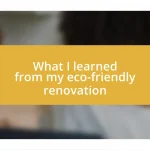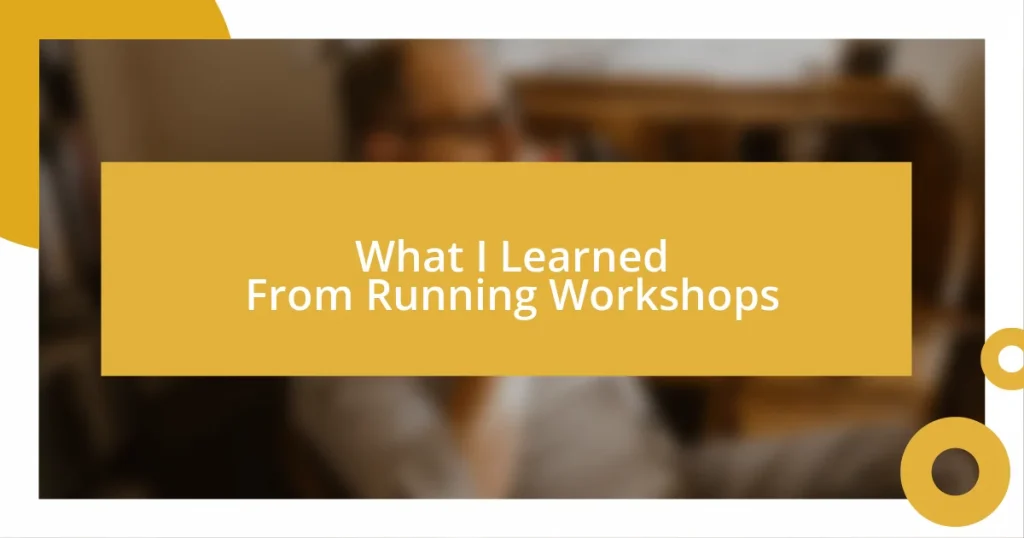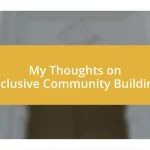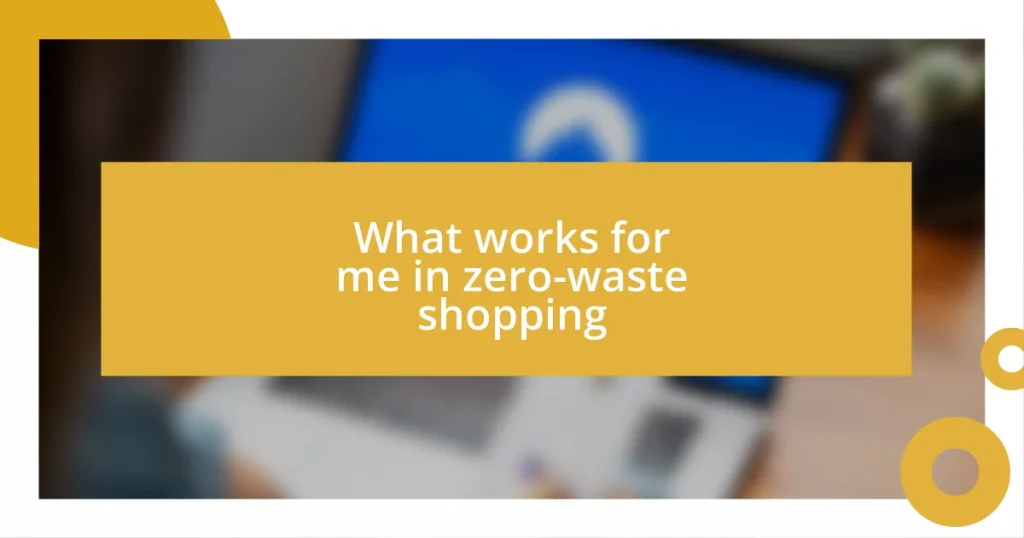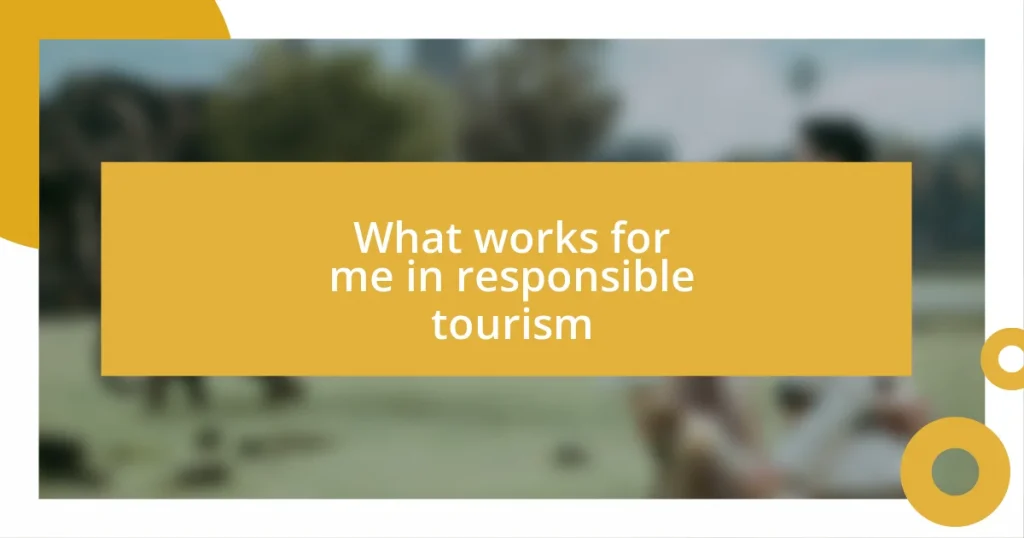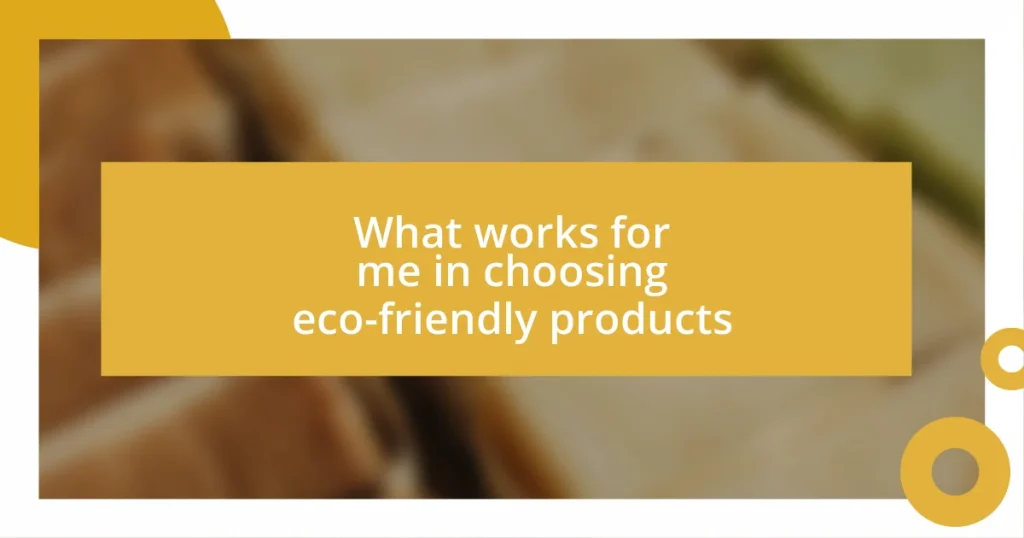Key takeaways:
- Creating an interactive environment and incorporating multimedia elements can significantly enhance participant engagement.
- Structuring workshop content with clear objectives, chunked information, storytelling, and regular recaps fosters better understanding and retention.
- Gathering and acting on feedback builds trust and encourages a collaborative atmosphere for continuous improvement in workshops.

Techniques for engaging participants
One of the most effective techniques I’ve discovered for engaging participants is to create an interactive environment right from the start. I remember a workshop where I opened with a fun icebreaker. It not only lightened the mood but also encouraged everyone to share their thoughts. Have you ever noticed how a little laughter can break down barriers? It makes participants feel more comfortable and open to contributing throughout the session.
Another approach that has worked wonders is integrating multimedia elements. During a recent workshop, I used short videos to illustrate key points, which transformed what could have been dry facts into vibrant discussions. It struck me how visuals can spark excitement and curiosity. Isn’t it fascinating how a simple video can ignite conversation and foster deeper connections among participants?
Lastly, I’ve learned the importance of inviting participant input and feedback. In one session, I actively sought out questions and comments after each segment, allowing everyone to be part of the learning process. It was so rewarding to see participants become more vocal and engaged. Do you think people appreciate being heard? Based on my experience, many do, and it creates a richer discussion that benefits everyone involved.

Strategies for structuring workshop content
When structuring workshop content, I find that a clear and logical flow is essential. I once crafted an agenda that sequenced topics from foundational concepts to advanced applications. The difference was remarkable; participants could build on their understanding step by step, rather than feeling overwhelmed. It reminded me how important pacing is—like the calm before a storm, a well-structured agenda prepares them for what’s to come.
Here are a few strategies that have worked well for me:
- Define clear objectives: Start each session by outlining what participants should expect to learn, which can help focus their attention.
- Chunk information: Break content into manageable sections to prevent cognitive overload, making it easier for participants to absorb the material.
- Use storytelling: Incorporate real-life examples or anecdotes, as this makes the material relatable and memorable. I remember weaving in a personal story that completely shifted the audience’s perspective on the subject.
- Incorporate practice: Allow time for hands-on activities or discussions, reinforcing key points and promoting retention through practice.
- Recap regularly: Summarizing key takeaways at the end of each segment can solidify understanding and ensure everyone is on the same page.
This approach not only fosters learning but also creates an engaging atmosphere ripe for exploration.

Gathering feedback to improve sessions
When it comes to gathering feedback, I’ve realized that feedback is the backbone of continuous improvement. After conducting a workshop, I usually send out a brief survey asking participants what they enjoyed and what could be better. I remember one time receiving feedback that my pacing was too quick—something I hadn’t noticed myself. It was a gentle reminder that while I may feel comfortable with the material, my audience’s perception and understanding might differ significantly.
Engaging participants during the feedback process is equally crucial. During one workshop, I built in a feedback segment right after a challenging topic. I encouraged participants to share their thoughts openly. This not only provided me with immediate insights but also showed attendees that their viewpoints mattered. It felt rewarding to witness how their contributions sparked a collaborative atmosphere, making everyone feel like part of a shared learning journey. Isn’t it powerful when people feel they can influence the workshop’s direction?
Additionally, I’ve learned that following up on feedback can foster trust and demonstrate my commitment to improvement. After implementing suggestions from a previous session, I shared the changes made with future participants. This transparency helps create a culture of open dialogue. I’ve found that participants are more likely to provide honest feedback when they can see the tangible results of their input. It’s like planting seeds; when you nurture and attend to their needs, they grow beautifully.
| Feedback Method | Purpose |
|---|---|
| Surveys | Gather structured insights on session elements |
| Open Discussions | Create a collaborative atmosphere and immediate feedback |
| Follow-ups | Show commitment to improvement and build trust |
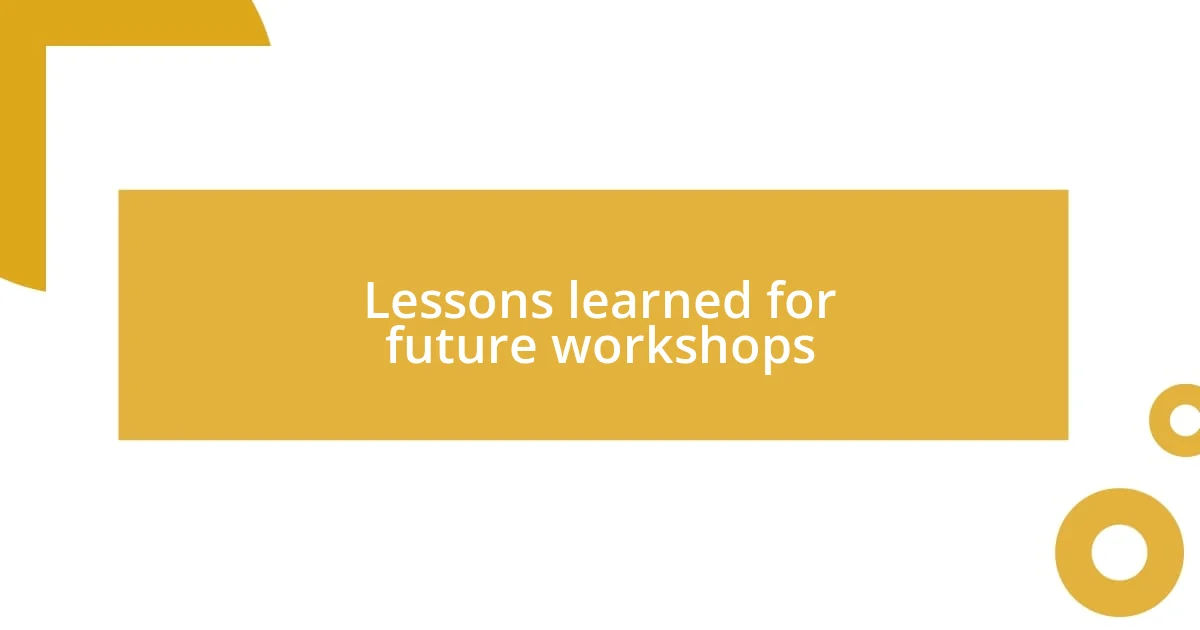
Lessons learned for future workshops
After years of running workshops, I’ve come to appreciate the importance of adapting my approach based on participant feedback. One time, I noticed that a small group struggled during an interactive segment, which made me realize I needed to adjust my methods to accommodate different learning styles. If I’d only focused on my original plan, I might have lost a valuable opportunity to connect with everyone in the room. It’s eye-opening to see how flexibility fosters a more inclusive atmosphere, isn’t it?
Another key lesson has been the value of practice sessions before the actual workshop. I vividly recall a time when I practiced my presentation in front of a trusted colleague. Their constructive criticism highlighted a few areas where I could streamline my delivery, ensuring that I maintained the group’s interest. This pre-workshop run-through not only bolstered my confidence but also signaled to me that preparation is just as crucial as content. Have you ever experienced those butterflies before presenting? Practicing helped me turn that anxiety into excitement.
Finally, I’ve learned that creating an inviting environment lays the groundwork for a successful session. Once, during a workshop, I decided to change the seating arrangement to a more circular setup. It felt like magic; participants opened up more, sharing their thoughts freely. This simple shift transformed a feeling of traditional hierarchy into a collective learning experience. Isn’t it fascinating how the physical space influences engagement? For future workshops, I’m committed to being even more intentional about fostering that sense of community right from the start.




